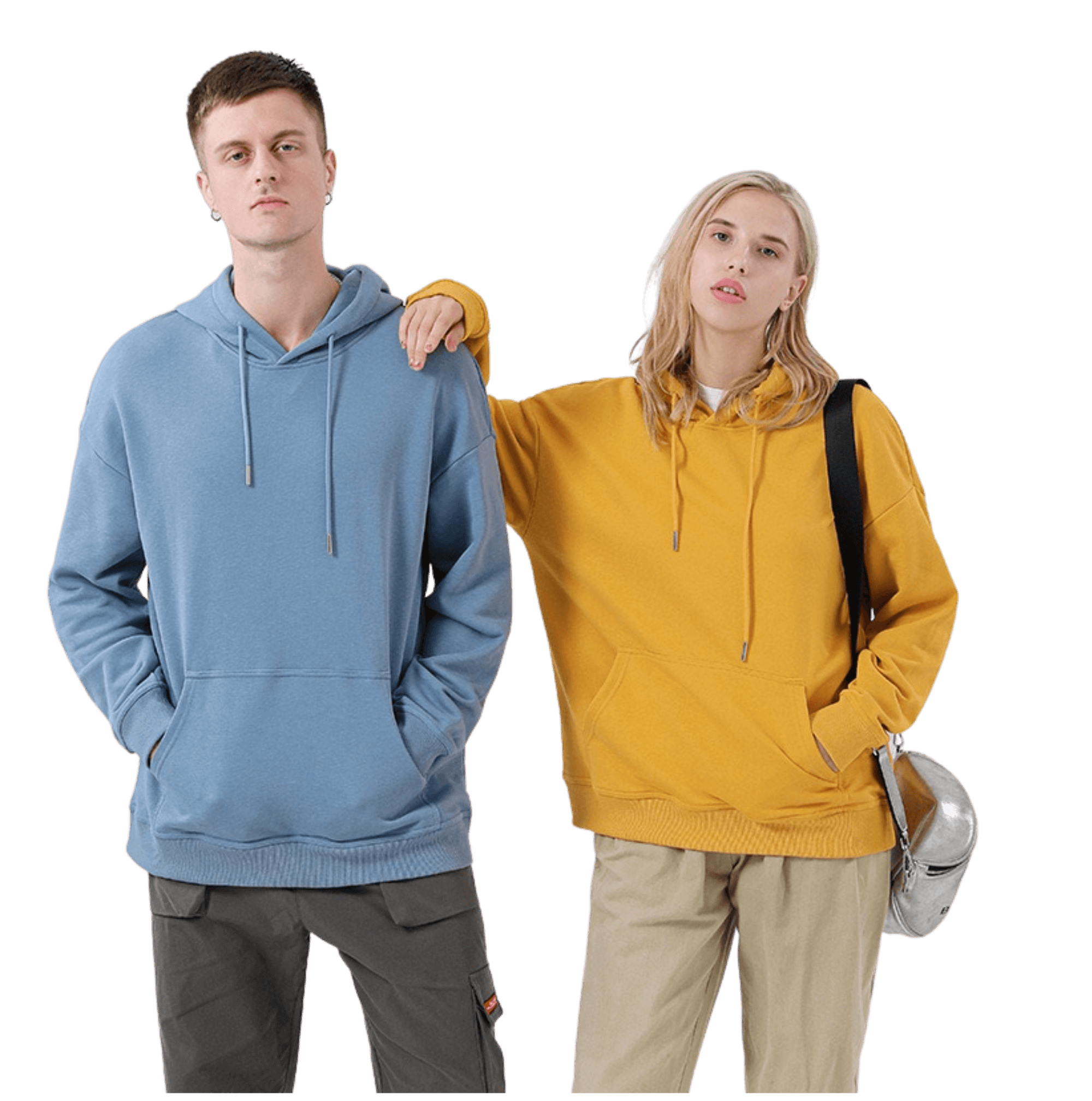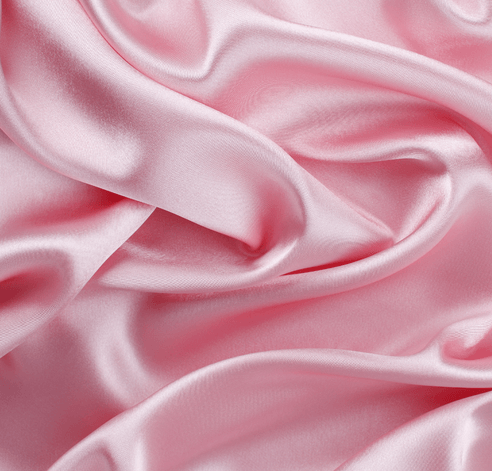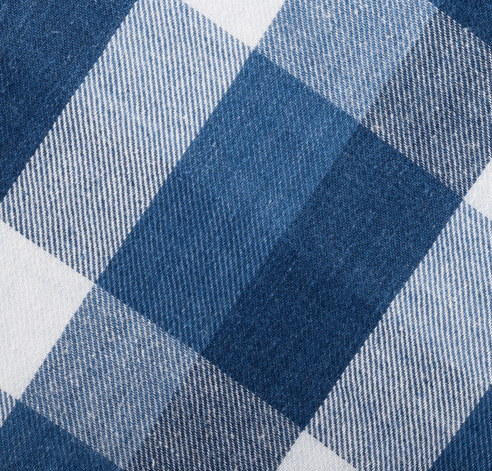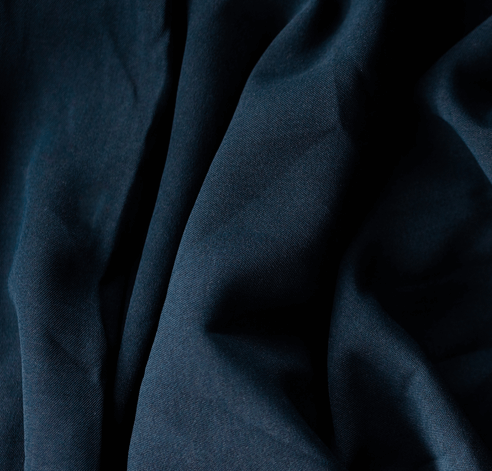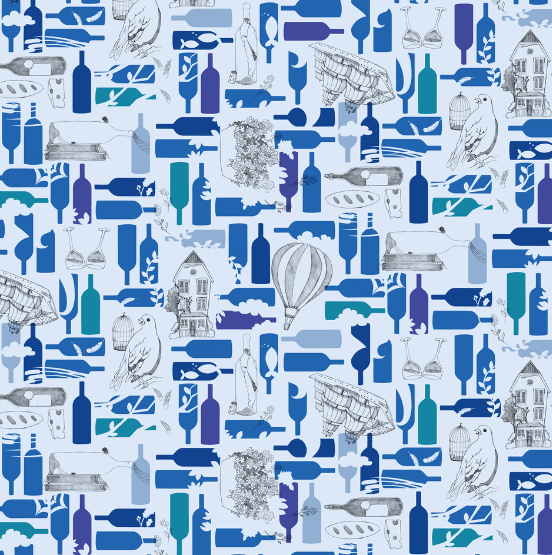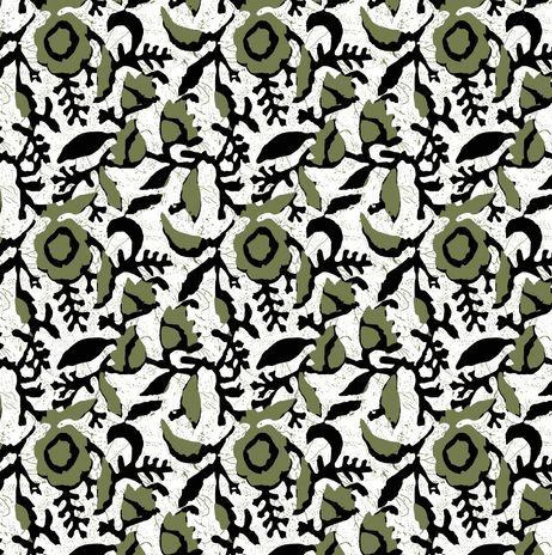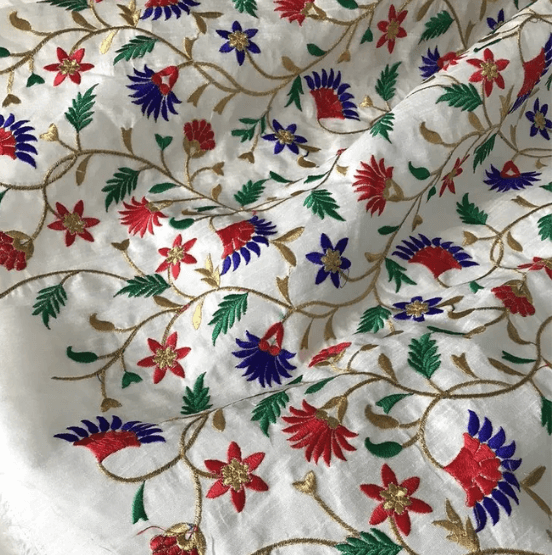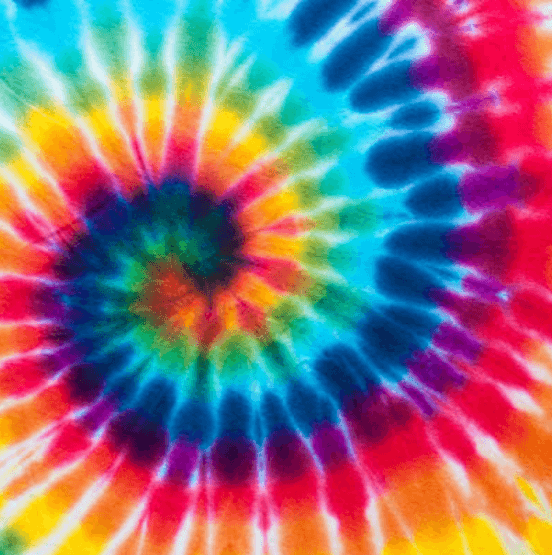1. What Is Cut and Sew?
In the fashion industry, the term “cut and sew” refers to the process of assembling a garment from individual pieces of material. Cut and sew garments are typically made from multiple panels of fabric, which are cut to the desired shape and size before being sewn together.
This method of construction allows for a greater degree of precision than traditional methods like woven fabrics, where the fabric is cut into a single piece and then shaped to fit the wearer. Cut and sew garments also have the advantage of being able to incorporate a variety of design elements, such as different colors, patterns, and textures.
As a result, they can be more fashion-forward and expressive than garments made from traditional methods. While cut and sew garments typically cost more to produce than traditional garments, they can be well worth the investment for those who are looking for unique, high-quality clothing.
If you’re thinking about making your first cut and sew clothes collection, this video is for you! This video will walk you through the entire process.
2. The Advantages of Cut and Sew in Clothes Manufacturing
Cut and sew is a method of manufacturing clothing that offers many advantages over traditional methods. Here are some of them:
Greater Flexibility
Cut and sew manufacturing is much more flexible than traditional methods. This means that you can easily change the design of your clothes, or even make completely custom garments.
More Intricate Patterns and Designs
With cut and sew, you can create more intricate patterns and designs. This is because each piece of fabric is cut separately and then sewn together, allowing for a greater degree of control over the final product.
Better Quality Control
Because cut and sew garments are made by hand, it is easier to ensure that each one meets your high standards. This is not always the case with garments that are mass-produced by machines. Additionally, garments made through the cut and sew technique are usually more precise in terms of fit and finish.
More Personalized Service
When you work with a cut and sew manufacturer, you will usually get more personalized service than you would from a larger machine-operated factory. Garments that are made through the cut and sew method can easily be customized depending on the client’s specifications.
These are just some of the advantages that cut and sew manufacturing offers. If you’re thinking about starting your clothing line, this may be the perfect method for you.
3. Cut and Sew vs. Sublimation: What’s the Difference?
If you’re in the market for custom clothing, you may be wondering about the difference between cut and sew and sublimation.
Cut and sew is a more traditional method of garment construction. It involves cutting fabric into shapes and then sewing those pieces together to create a finished product. This method is well-suited for complex designs with multiple colors, and it can be used on a variety of fabrics. However, it is generally more expensive than sublimation and has a longer lead time.
Sublimation is a newer method that uses heat to transfer dye onto fabric. This process is ideal for simple designs with few colors, as it doesn’t require any cutting or sewing. Sublimation is also less expensive than cut and sew and has a shorter lead time. However, it is only effective on certain types of fabrics, such as polyester.
4. Kinds of Clothes That Can Be Made With Cut and Sew
Cut and sew is well-suited for complex garments with multiple panels such as the following:
Pants
Cut and sew manufacturers can produce a variety of different types of pants, including jeans, slacks, and shorts. The cut and sew method allows for a great deal of customization, so pants can be made to fit nearly any body type.
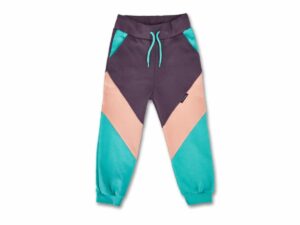
Jumpsuits
Jumpsuits are a type of one-piece clothing that can be cut to fit a range of body shapes and sizes. They are typically made from light- to medium-weight fabrics such as cotton, linen, or rayon. Jumpsuits can be styled in a variety of ways, making them versatile pieces of clothing that can be worn for a variety of occasions.
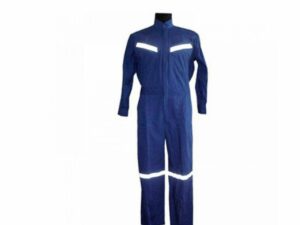
Button-Down Shirts
Cut and sew clothing manufacturers can produce a wide variety of garments, from simple t-shirts to more complex items like button-down shirts.
Button-down shirts are a popular choice for both men and women, and they can be made in a variety of fabrics and styles. Manufacturers can produce button-down shirts with long or short sleeves, in solid colors, or with patterns.
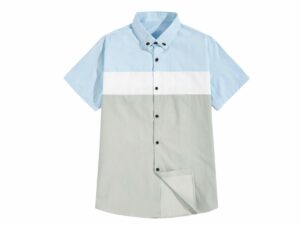
Blazers
Blazers are a type of jacket that are often worn as part of a suit or formal wear. They usually have lapels and may be single or double-breasted. Manufacturers can create customized blazers that are perfect for any occasion, from work to a night out on the town.
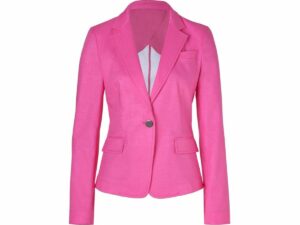
Jackets
Jackets can be made from a variety of materials, including denim, leather, wool, and cotton. The cut and sew process allows manufacturers to create custom designs that cannot be achieved with ready-made garments. This means that jackets can be made to order, in any size or style.
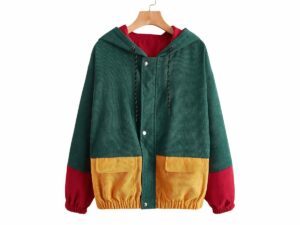
Vests
Vests are a great option for those who want something stylish and functional. Cut and sew clothing manufacturers can create vests in a variety of different styles, from traditional down vests to quilted vests. They can also add a variety of different features to vests, such as pockets, zippers, and buttons.
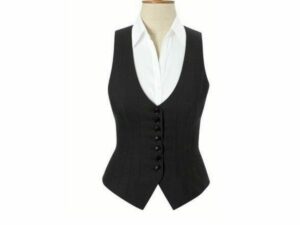
5. Cut and Sew Customization Options
Cut and sew customization options are a great way to add a personal touch to clothing. Here are some of the most popular cut and sew customization options:
Embroidery
Embroidery is often used to personalize clothing or to add decorative details. Unlike screen printing, embroidery can be applied to any garment regardless of its color or fabric type. This makes it an ideal choice for high-end garments such as dress shirts and uniforms.
Appliqué
Appliqué is a cut and sew customization option that involves attaching smaller pieces of fabric to a garment to create designs or patterns. It can be used to create simple designs, such as a company logo, or more complex patterns.
Patches
Patches are a popular cut and sew customization option, especially for denim garments. Patches can be sewn or ironed onto a garment to add decoration or repair damaged clothing.
Embellishments
Embellishments, such as beads, sequins, and rhinestones, can be added to clothing to create a unique and stylish look. Embellishments can be applied to any garment, but are most commonly used on formal wear and evening wear.
6. Cost of Cut and Sew Manufacturing
The cost of cut and sew manufacturing will vary depending on the type of clothing you are looking to have made. To get an accurate quote for your cut and sew project, it is best to reach out to a cut and sew clothing manufacturer directly. However, these are the costs you can expect to incur:
| Cost of Cut and Sew Manufacturing |
| Design Fees |
$50 to $200 per layout |
| Pattern-Making Fees |
$100 to $500 |
| Fabric Costs |
depending on the type of fabric |
| Trim Costs |
around 2-3% of the total garment cost |
| Labor Costs |
depending on the type of clothing you are having made and the complexity of the design |
| Shipping Costs |
depending on your manufacturer’s location |
Design Fees
If you do not have a design ready, cut and sew manufacturers will typically charge design fees. These fees can range from $50 to $200 per layout.
Pattern-Making Fees
To cut and sew your clothing, the cut and sew manufacturer will need patterns. If you do not have patterns already made, the cut and sew manufacturer will charge pattern-making fees that typically range from $100 to $500.
Fabric Costs
The cost of fabric will vary depending on the type of fabric you use. For example, cotton is typically less expensive than silk. Additionally, the more yardage you need, the more expensive it will be.
Trim Costs
Trim refers to any additional materials used in your garments, such as buttons, zippers, or appliques. The cost of trim will vary depending on the type and quantity of trim used. However, as a general rule, the cost of trim will be around 2-3% of the total garment cost.
Labor Costs
The labor cost is the fee charged by the cut and sew manufacturer for actually making your clothing. This fee will vary depending on the type of clothing you are having made and the complexity of the design.
Shipping Costs
The cost of shipping will vary depending on your manufacturer’s location. If you opt for a manufacturer based in China, it typically costs less to ship your clothing than if you use a manufacturer based in western countries.
7. 5 Steps to Launch Your Cut and Sew Clothing Line
If you’re reading this, you’re likely considering launching your clothing brand. This is a very exciting time. But where do you start? How do you ensure that your clothing line is successful Here are five steps to help you successfully launch your clothing line:
Step#1 Do an Extensive Research
This means understanding the ins and outs of the clothing manufacturing process. You need to research different types of fabrics, garment construction, dying and printing processes, etc. This will help you determine what kind of clothing you want to produce and how to produce it.
You will also need to learn about your target market. Who are you making clothes for? What are their demographics? What do they like to wear? Knowing your target market will help you design and manufacture clothing that they will love.
Step#2 Find the Right Clothing Manufacturer
You need to find a clothing manufacturer that is reputable and has experience producing the type of clothing you want to sell. You should also make sure that the garment manufacturer can meet your production deadlines and minimum order quantities. Get quotes from several different manufacturers before making your final decision.
Step#3 Develop Your Brand
Your brand is what makes your clothing line unique. It’s what will make people want to buy your clothes over others. Develop a strong branding strategy that includes your logo, tagline, and other marketing materials.
You need to have a solid business plan in place before you launch your clothing line. This plan should include your financial goals, marketing strategy, and production timeline.
Step#4 Start Production
Once you’ve found the right manufacturer and developed your brand, it’s time to start production. Work with your manufacturer to create prototypes of your garments. Once you’re happy with the prototypes, place your first set of orders.
Step#5 Launch Your Clothing Line
Now it’s time to launch your clothing line to the world! Get your garments into the hands of bloggers, celebrities, and other fashion influencers. Make sure you’re using social media to promote your brand. Hold fashion shows and trunk shows to get people excited about your line.
Remember, it takes more than just a great product to be successful. You need to work hard to get your brand out there.
8. How to Get Started Working With a Clothing Manufacturer
Before you start working with a clothing manufacturer, you need to have a few important things in place. Here’s a step-by-step guide to getting you started on the right foot.
Step#1 Have Your Designs Ready
This means you should have a sketch, pattern, or digital file of your design. If you’re working with a sketch, you’ll need to have it digitized so the manufacturer can use it to create a prototype. If you can’t make your design, you can find a designer on freelance websites to create one for you.
Step#2 Get Quotes from Multiple Suppliers
This will help you determine how much it will cost to produce your clothing line. The manufacturers will need to know the details of your design, such as the materials you’ll be using, the number of garments you want to produce, and the production method you prefer.
Step#3 Place Your Order
After you’ve chosen a manufacturer with the best offer and are ready to move forward with production, you’ll need to place an order with the manufacturer. For bulk orders, manufacturers usually require a 50% downpayment to cover all the materials costs before starting the production process.
Step#4 Production Begins
Once your order has been placed, the garment sewing factory will begin working on your garments. The production process can take several weeks, depending on the complexity of your design and the number of garments you’ve ordered.
Step#5 Inspect Your Goods
Once the garments are finished, the manufacturer will send you photos or samples for you to inspect. This is your chance to make sure everything is correct before the final shipment is sent out.
Step#6 Discuss Feedback and Revisions
If you find any problems with the garments, now is the time to discuss them with the manufacturer. They should be willing to make any necessary revisions before shipping out the final product.
9. Where To Source Clothing Manufacturers
As a clothing designer, one of the most important decisions you’ll make is choosing the right custom cut and sew clothing manufacturer for your garments. Here’s where you can source clothing manufacturers:
Online Directories
One of the most efficient ways to find clothing manufacturers is through online directories. Platforms like Alibaba and Global Sources offer comprehensive listings of garment manufacturers from around the world.
Google Search
Another way to find custom cut and sew apparel manufacturers is through a simple Google search. Try searching for terms like “custom cut & sew clothing line” or “custom clothing manufacturers.”
Fashion Shows and Trade Fairs
If you’re looking for a high-end cut and sew manufacturers, then fashion shows and trade fairs are a great place to start. These events bring together some of the best cut and sew manufacturing companies and suppliers in the business.
Referrals
One of the best ways to find a cut and sew apparel manufacturing company is through referrals. Ask other designers, boutiques, or retailers who they use for their garments. They may be able to put you in touch with an apparel manufacturer that’s a perfect fit for your needs.
One manufacturer worth checking out is Hongyu Apparel. With over 20 years of experience in the industry, we offer a wide range of services including product development, pattern making, grading, sourcing, private labeling, b2b clothing and more.
. Plus, we work with brands of all sizes, from start-ups to established businesses. Contact us today to learn more about what we can do for you.
10. 4 Mistakes To Avoid Before Launching Your Clothing Line
As a startup clothing line, you’re bound to make mistakes. That’s just part of the learning process. However, some mistakes can be avoided with a little bit of knowledge and preparation. Here are four mistakes to avoid before launching your clothing line:
#1 Not Knowing Your Target Market
It’s essential to have a clear understanding of who your target customer is before you can even begin to design and produce your garments. Not only will this help you create better products, but it will also help you with your marketing efforts down the road.
Do some research on your target market. What are their demographics? What do they like to wear? How much are they willing to spend on clothing? Once you have a good understanding of your target market, you can begin to design and produce garments that they will surely buy.
#2 Not Investing in Quality
When you’re first starting, it’s tempting to cut corners and skimp on quality to save money. However, this is a mistake that will come back to bite you later on. Your customers will not be happy with garments that fall apart after a few washes or that don’t fit well.
In the long run, it’s worth it to invest in quality fabrics and construction. This will pay off in the form of happy customers and repeat business.
#3 Not Having a Solid Business Plan
It may seem like a pointless exercise, but a solid business plan is essential for any successful business. Without it, it will be very difficult to make your clothing line profitable. Your business plan should include a sales and marketing strategy, and a financial projection.
If you’re not sure how to write a business plan, there are plenty of resources available online or you can hire someone to do it for you.
#4 Not Paying Attention to the Details
The details may seem like they don’t matter, but they can actually make or break your clothing line. From the labels on your garments to the packaging of your products, every detail should be well thought out and executed flawlessly. Your customers will notice if you pay attention to the small things, and it will reflect well on your brand.
Dive Deeper Into Our Resources
Looking for more diverse product options? Browse through our handpicked selections:
Clothing Manufacturing and Business Strategy
Specialized Clothing Manufacturing
For some insightful reads, we’ve curated a list of recommended articles just for you:
Still haven’t found what you’re looking for? Don’t hesitate to contact us. We’re available around the clock to assist you.
Conclusion
So you want to start a clothing line? Congratulations! The cut and sew clothing manufacturing process is a huge undertaking, but with the right planning and preparation, it can be an incredibly rewarding experience.
At Hongyu Apparel, we’ve been helping startup designers bring their visions to life for over 20 years, so we know a thing or two about what it takes to get your business off the ground. If you’re ready to take the plunge into the world of fashion clothing, contact us today and let us help you get started.

